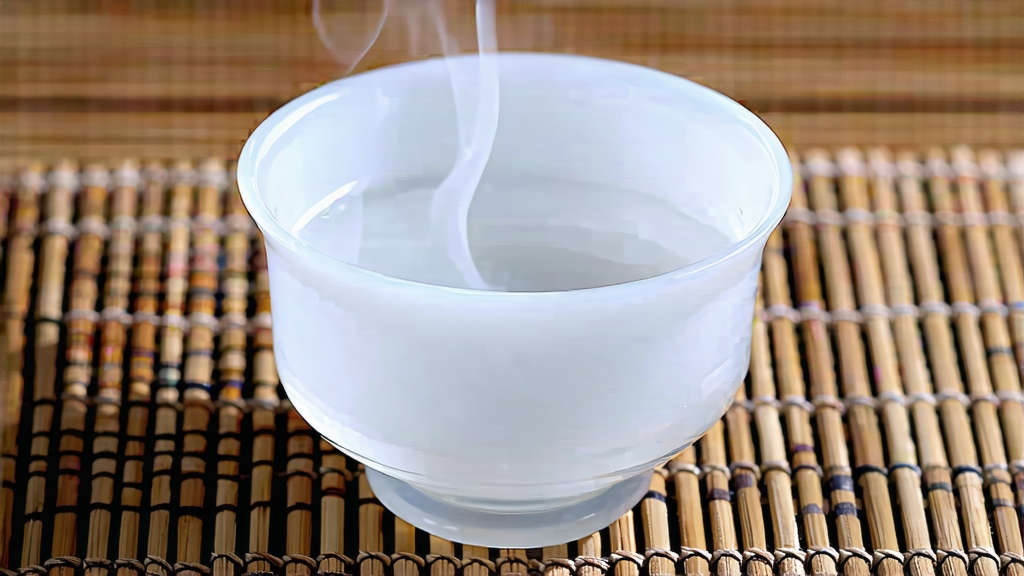
When most tea lovers outside China hear “white tea” they picture a pale liquor and a delicate flavour, yet few realise that the style contains several distinct grades, each with its own geography, micro-seasons and ritual. Among them Bai Hao Yin Zhen—“Silver Needle”—stands at the apex, prized since the Song dynasty for the downy tips that look like captured moonlight. This essay invites the international reader to walk the groves of northern Fujian, to watch the slow withering that turns a single bud into liquid pearl, and finally to brew the tea with the same patience that created it.
-
Historical whispers
The first written record of tribute tea from Fuding appears in 1115 CE, when Emperor Huizong received “white down tea” whose description matches today’s Yin Zhen. Because only unopened buds were plucked, annual yield was minuscule; court poets compared it to “a snowfall that fits inside one sleeve.” After the fall of the Song the style nearly vanished, surviving only in family plots around Tai Lao Shan. It re-emerged in 1796 when a Fuding merchant sold a small lot to European botanists who marvelled at the silvery trichomes under their microscopes, launching the tea’s modern reputation. -
Terroir and cultivar
Authentic Yin Zhen is produced in two counties of Fujian province: Fuding and Zhenghe. Fuding’s coastal hills enjoy morning fog that refracts light, slowing photosynthesis and building amino acids; Zhenghe sits slightly inland where cooler nights lock in fragrance. Two local cultivars dominate: Fuding Da Bai Hao (“Big White Down”) yields fat buds up to 3 cm long, while Zhenghe Da Bai produces slimmer, more aromatic tips. Farmers insist the harvest window is only seven days each spring, beginning when the last frost is memory but before the Qingming festival, when buds open overnight. -
The craft of “no craft”
Unlike green tea that is pan-fired or oolong that is tossed, Yin Zhen is defined by what is not done to it. After plucking at dawn the buds are spread one layer deep on bamboo trays stacked inside sun-warmed rooms. For 36 to 48 hours they wither, losing moisture while enzymes gently oxidise the leaf edges to a pale apricot. The master’s skill lies in reading the weather: on humid days charcoal fires built from lychee wood are lit underneath the trays, adding a whisper of fruit to the air. When the bud feels feather-light and snaps cleanly it is finished; no rolling, no baking, only a final slow-dry at 40 °C. The result is a tea that retains the cell structure of the living plant, explaining why it ages gracefully for decades. -
Grading the moonlight
Commercial labels can bewilder. Top grade, called “King Needle,” consists entirely of uniform buds harvested before the 20th of March; next comes “Princess Needle,” slightly later and mixed with one tiny leaf. Lower grades add more leaf, shortening the withering time and producing a darker, woodier cup. A simple test is the “float rule”: place five buds in a tall glass of cold water; premium needles stand upright like miniature reeds, their down shimmering, while lesser grades sink or lie flat within minutes. -
Brewing: the quiet theatre
Westerners often treat white tea like a fragile relic, using water just off the kettle. Yin Zhen prefers bolder heat: 85 °C for the first infusion, 90 °C thereafter. Begin with a porcelain gaiwan of 120 ml; add 3 g of tea, rinse for three seconds to awaken the hairs, then steep 45 seconds. The liquor is the colour of morning light on straw, the aroma a blend of fresh alfalfa and honeydew. Subsequent infusions lengthen by 15 seconds; a good needle yields seven rounds, each revealing a new layer—cucumber skin, white peach, finally mineral rain on granite. For grandpa-style travel brewing simply drop two buds in a clear bottle; they will dance all afternoon, never turning bitter. -
Tasting notes and mouth geometry
Professional cupping focuses on three vectors: sweetness location, texture and returning aroma. High-grade Yin Zhen deposits sweetness at the back of the throat, a sensation Chinese tasters call hou yun—“throat charm.” Texture should be creamy yet weightless, like whisked egg white. The final test is the cup’s dry aroma minutes after drinking: if the empty porcelain smells like steamed rice mixed with magnolia, provenance